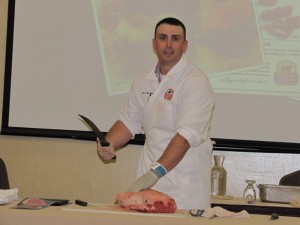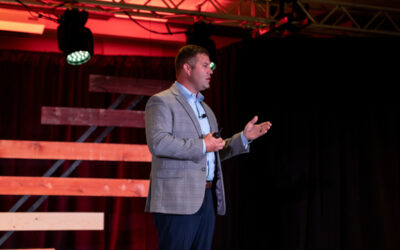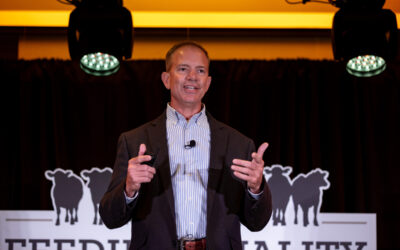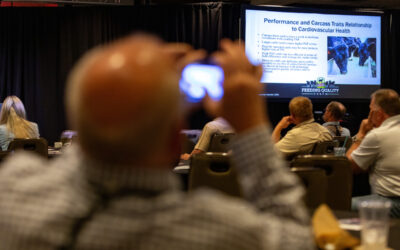
Gimme the good news!

“I’d like to tell you here today that the corn market is acting tired and not doing well, but the problem is, every time it drops there are buyers.”
Or this:
“We do see over the next few years, something on the order of a 3-million-head drop in the size of the cowherd and a 4-million-head drop over the last four years. In three years we’re gonna see some empty pens; we’ve got excess capacity. We’re gonna have to deal with it.”
But I inherited optimism from a lady who does a crummy job with a smile on her face, because my mom is thinking, “Well, this is better than driving the rendering truck.”
So rather than go on and on with all the challenges facing y’all, I thought I’d capture one good news comment from each speaker:
- “We are not in the camp that this corn crop is getting better. The only good news that we have for all of you is that this is really bad quality corn. Test weights yesterday at several fields were as low as 37 pounds per bushel, for corn. A lot of them are coming in between 49 and 52. Now if you are feeding corn, there might be some nice discounts that you are offered relative to that poor quality.”—Dan Basse, Ag Resource Company
- “Those are record-high retail beef prices. We’ve set a record almost every month the better part of the last two years. And if you extend my comments over the next two or three years that’s going higher.”—Mike Sands, Informa Economics
- “Looking at the foodservice and retail side, there are positives there as well <related to the trend toward increasing carcass weights> because that retailer, distributor, they’re in the business of selling pounds of
CAB meat scientist Phil Bass says you can have the best of both worlds. beef. They’re as concerned about a shrinking cowherd and less beef to sell as we are because their markets are very driven by beef sales. The increased carcass weight will help to keep the overall beef production up.” –Shawn Walter, Professional Cattle Consultants
-
“Can we have a high-quality animal and still have a lot of meat coming off that carcass? Absolutely. We’re seeing it today. In the past, the old paradigm in our brain was, ‘No, not really.’”-Phil Bass, Certified Angus Beef
- “About 9% of our disposable income is what we spend on food in this country to feed our families. In some of the similar developed countries, Europe for instance, anywhere from 13% to 28% of their income is being spent on food. What am I getting at with this? One, we take it for granted. Two, it’s cheap.” –Brad Morgan, Pfizer Animaal Health
If you want the whole scoop, taking the good with the bad, feel free to check out the wrap up article . We’ll have more in-depth stories on each of the presentations in the coming weeks.
May your bottom line be filled with black ink,
Miranda
You may also like
Consumer Demand, Power of Quality
Demand for high-quality beef persists. But with that demand comes challenges. From tight cattle supplies to higher costs and increasing pressure on retailers to deliver a consistent eating experience, the pressure is on. David O’Diam, CAB VP of retail, addressed the current retail beef environment, highlighting both opportunities and challenges in today’s marketplace.
Data-Driven Progress and Partnerships
Discussions at Feeding Quality Forum reaffirmed the industry’s commitment to quality, transparency and innovation. With record Prime rates and strong consumer demand, producers who invest in genetics, health and relationships are positioned to drive progress and capture premiums.
Better Cattle Bring Opportunity
Cattle keep getting better, but that doesn’t mean producers should slow down progress. That’s what attendees took home from the 2025 Feeding Quality Forum. It’s call to action for the entire beef industry. Better cattle, yet new and old challenges for each segment.




